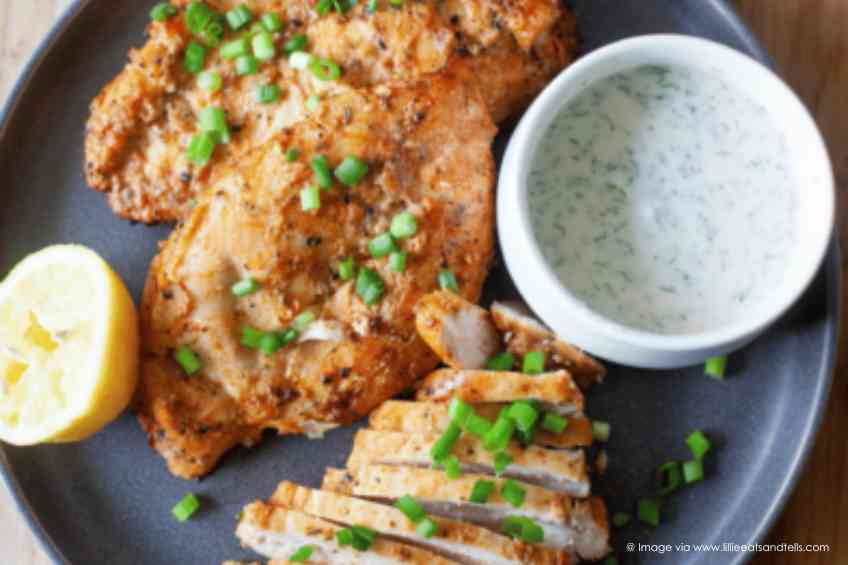The Skinny:
The word bloating is the epitome of onomatopoeia, which means a word that sounds like the thing it is describing. Think about it. Abdominal bloating signifies a full feeling in the belly area, a sensation that can ultimately be uncomfortable or painful and even result in a tummy bulge. Bloating can also lead to nausea, frequent burping, transient sharp abdominal pain and passing lots of gas (flatulence). It occurs for various reasons, including swallowing air, an increase in gas from the digestive process and even constipation, among other reasons. Regardless of how it occurs, the overriding aim of just about everyone involved is to get rid of it. Naturally, WellWell has that covered and is ready to lay out some deflating tips. Read on.
The Slate:
Lifestyle Changes
Figuring out what food and drinks lead to personal bloating and then avoiding them is a great way to start. Keeping a journal can help to track the problem items. Carbonated beverages, salty, spicy, fried or fatty foods, gas-producing vegetables, dried fruits or “diet” foods containing sorbitol, mannitol or maltitol may be culprits. Bloating may also occur while eating and talking at the same time, not chewing food well, swallowing air while drinking or chewing gum. Regular exercise and skipping tight-fitting clothing may lessen bloating as well.
Gassing Out
Okay, passing gas or belching in company is obviously not considered appropriate manners. But holding in gas for indefinite periods is not a good idea either, especially if someone suffers from chronic bloating. Heck, even Roman emperor Claudius, a noted feaster, considered passing an edict allowing people to fart at dinner because he feared people might kill themselves without a release.
Helpful Yoga Asanas
Yoga practitioners often gravitate to a high-fiber plant-based diet, which can produce gas bloating. Thankfully, they are equally adept at dealing with the issue via various asanas or poses. These include Ardha Apanasana (knee-to-chest); lying like a tipped turtle in the Ananda Balasana pose; kneeling as if “salaaming” with arms forward in the Baasana (child’s pose); doing a Supta Matsyendrasana (spinal twist pose), using Anjaneyasana (a low lunge) or taking on jackknife-like Uttanasana (forward fold pose).
Better Bowels
Perhaps the most common cause of bloating is excess abdominal gas due to constipation or not completely emptying the bowels. These conditions almost lead to fermentation, which in turn creates more gas. Better bowel movements help.
Comforting Drinks
Staying well-hydrated is a great way to keep constipation and bloating in check. Water is great in general and if someone is suffering from constipation, warm drinks and teas containing peppermint oil are particularly helpful.
Warm Release
Local application of heat directly on the abdomen can ease bloating’s discomfort and pain, encouraging the movement of trapped intestinal gas and digestive material. A heating pad or warm compress on the abdomen or taking a hot bath or shower can all help.
Retail Relief
There are plenty of over-the-counter remedies for bloating as well, including antacids, food supplements that break down proteins and sugars and simethicone-containing gas remedies. Products with bismuth salicylate help treat food or drink overindulgence and help inhibit gas-producing bacteria. Prokinetics speed up digestion and antispasmodics can relax muscles. Laxatives are another solution for constipation.
Doctor Visit?
Bloating associated with food or eating can usually be remedied in a couple of days. However, if it gets worse and doesn’t disappear, it may be wise to consult a doctor to make sure the issue isn’t being created by more serious concerns that may need professional help.
Eyes Up:
Do you have a personal deflating remedy? Tell us at info@wellwellusa.com.
WellWell editors independently identify services and products of interest. If readers purchase anything through the associated links, WellWell may earn a commission, which goes to support our work. Learn More.













